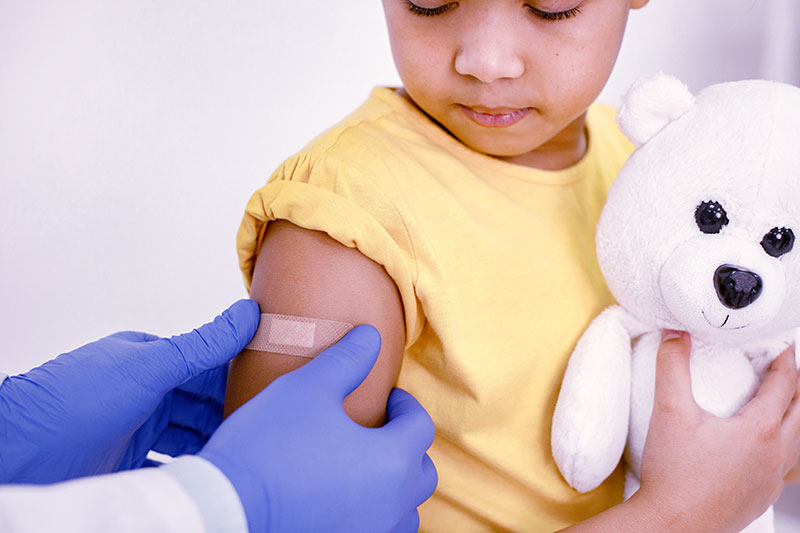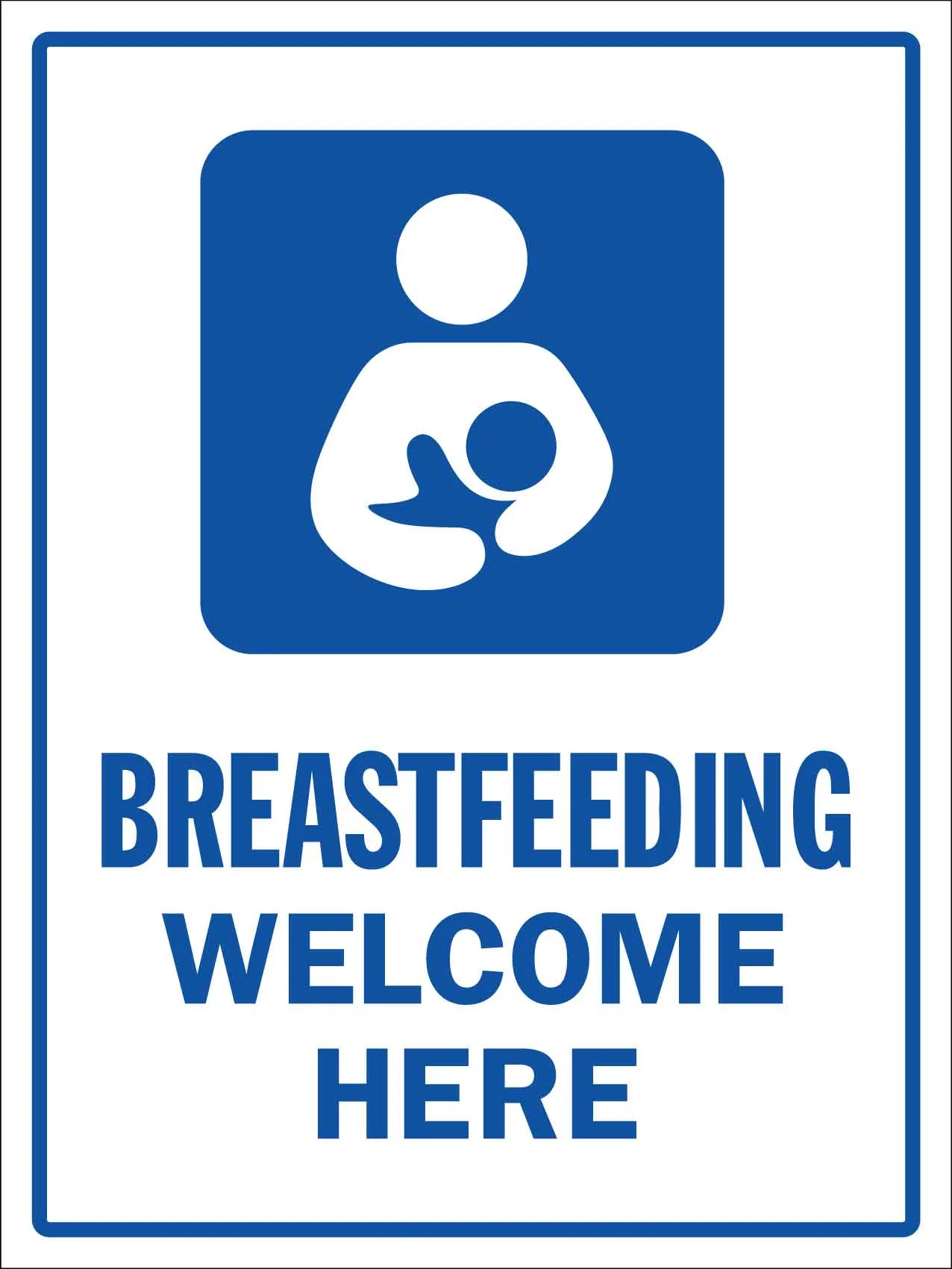
Childcare and vaccination
The single Child Care Subsidy may have replaced the Child Care Benefit and Child Care Rebate, but something that hasn’t changed under the New Child Care Package is the ‘no jab, no pay’ policy.
To be eligible for the Child Care Subsidy or Additional Child Care Subsidy, your youngster must meet the Government’s immunisation requirements.
Here we look at what this means in practice and outline recent changes to the National Immunisation Program.
What are the immunisation requirements for the Child Care Subsidy?
To meet the Government’s requirements and be eligible for child care assistance, all of your children aged under 20 must:
- Be up-to-date with the immunisations listed in the Child programs table in the National Immunisation Program, or
- Be on a ‘suitable catch-up schedule’ under the Australian Immunisation Handbook, or
- Have an approved medical exemption, such as a natural immunity or a history of anaphylaxis after a previous vaccine, which is recorded on the Australian Immunisation Register (AIR)
Broadly speaking, your child needs to be vaccinated to receive the subsidy, however, there is no need to tell the Government when they’re vaccinated. The Government checks the AIR using your child’s Medicare details, and if your youngster was vaccinated overseas, simply provide the evidence of this to your Australian medical practitioner and they’ll update the AIR for you.
In terms of timing, if your child stops meeting the immunisation requirements for some reason, then you have 63 days to start meeting them again before your subsidy stops.
There are also repercussions when it comes to the Family Tax Benefit Part A, and the Government may reduce these payments by up to $28.28 per child, per fortnight if your child doesn’t meet the immunisation requirements.
What immunisations do young children need, and when?
Under the National Immunisation Program schedule, here are the vaccines applicable for infants and preschoolers:
| Age | Vaccines |
| Birth |
|
| 2 months (vaccines can be given from 6-weeks-old) |
|
| 4 months |
|
| 6 months |
|
| 12 months |
|
| 18 months |
|
| 4 years |
|
What have been some recent changes to the National Immunisation Program schedule?
The schedule covers specific vaccine brands, and there are additional immunisations (including flu vaccines) for Aboriginal and Torres Strait Islander children and ‘medically at-risk children’. Click here for information, and also keep in mind that there are immunisation schedules for each State and Territory, meaning that additional government-funded vaccines may be applicable in your area.
As of 1 July 2018, there have been four main changes to the schedule.



